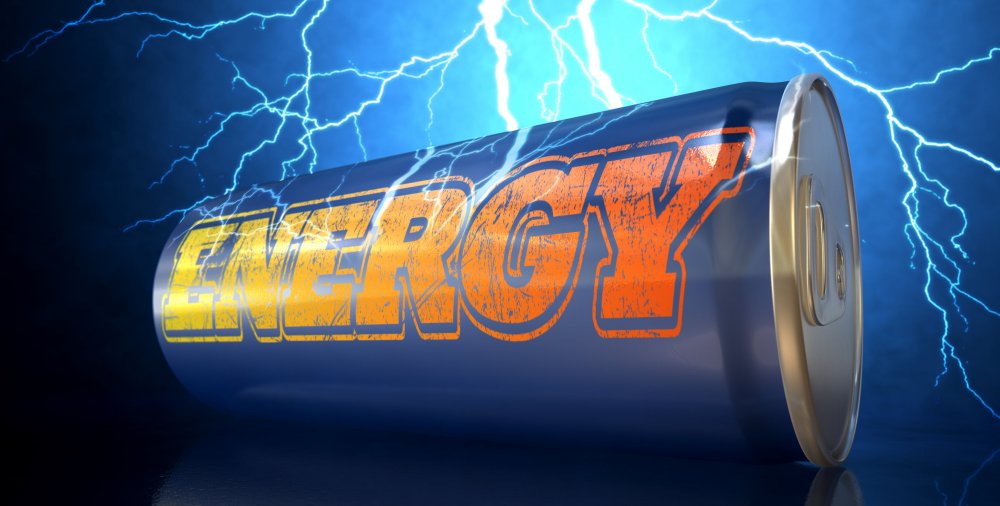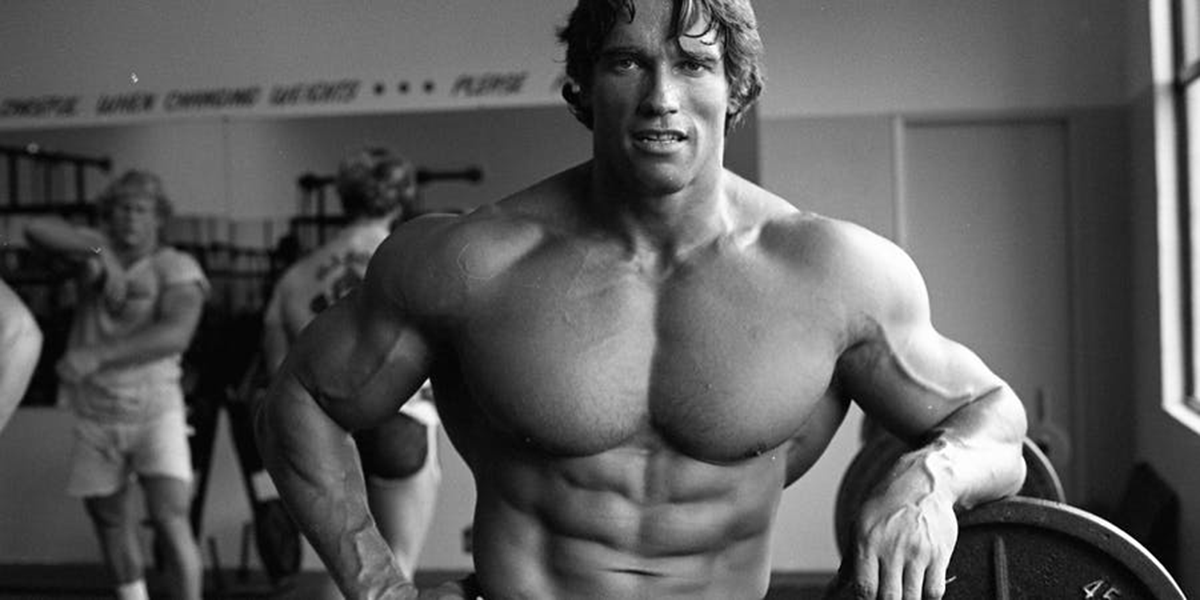
by Christian Duque
Let’s play a game. If you can guess what I’m talking about, you win! It’s legal, it makes your heart race, it curbs your appetite and it’s everywhere! It’s calorie-free, most products get away without telling you how much their goods contain, and it can send you to a hospital bed, if not to the grave, when you consume too much, too soon. Do you know what we’re talking about? If you said caffeine, you win!!
Caffeine is a central nervous system stimulant that’s created some of the most high risk dependencies imaginable. When compared to other psychoactive substances, it’s legal status and widespread availability are somewhat of an anomaly. While popular energy drinks include recommendations and conspicuous disclaimers, aimed largely at preventing the youth from abusing them, there are no real guidelines anywhere for caffeine. Anyone can buy energy drinks, from adolescents to the elderly. A teenager drinking coffee might cause some raised eyebrows, but there’s no legal basis for the local barista to deny sales. There’s also no dram shop laws that seek redress against over serving caffeinated beverages. After all, we’re not talking spirits, we’re talking coffee, tea, and soft drinks.
Everyone is upping the caffeine content because unlike sugar, caffeine is calorie-free, and it keeps people wired. Everyone can, seemingly, have it. Whether it’s that morning cup of Joe, a Red Bull, or any number of pills, powders, gels or vapes, it seems everyone wants to get their hands on this medication. On this what? Yes, dear friends, on this medication. That’s what caffeine is and a growing number of people believe it should be regulated. I can’t say I’m entirely supportive of curbing our personal freedoms any more than what we’ve already seen them compromised, but caffeine addiction is quickly becoming a very serious issue, and I can’t say that it won’t bring about some very real-life consequences, from insomnia to anxiety to irregular heartbeats to even death.
If you were to even suggest that a large dose of caffeine could result in death, to most people, they’d probably laugh in your face. The fact is, most caffeine addicts are in denial. When the term large enough doses comes up, they counter it with the ages-old moderation rebuttal. What’s the harm in a cup of coffee in the morning? What harm’s that going to do?
Well, if it were just a cup or even two cups of coffee in the morning, that might not be the worst thing. According to EachNight.com, “an 8-ounce cup of brewed coffee contains 95 milligrams of caffeine,” with an average of 3 cups consumed daily by 150 million American coffee drinkers. This figure is alarming, as it means most Americans start their days with nearly 200 milligrams of caffeine in their systems. This, alone, accounts for a large dose, but this does not include popular energy drinks, pre workout powders, and chocolate.
Speaking of that last point, “Americans consume 2.8 billion pounds of chocolate each year, or over 11 pounds per person. Americans eat an average of 22 pounds of candy each year, split almost equally between candy and chocolate.” (2)
According to the United States Department of Agriculture, caffeine content in chocolate can usually be determined by its color. Dark chocolate contains 12 milligrams per ounce, milk chocolate contains 9 mg of caffeine per 1.55 ounces, and white chocolate contains zero caffeine. (3) That being said, some chocolate contains added caffeine to provide an additional energy boost. (3) So even chocolate, which many of us incorrectly associate with nothing more than a sugar high, is actually loaded, naturally, with caffeine and in some cases packed with even more, by companies who want to cater to an already caffeine-addicted consumer base.
Candy bars are essentially double-trouble, feeding two addictions in one – the need to maintain sugar spikes and the need to keep heart rates up and energy levels through the roof. This is another reason why, seemingly, average soft drinks like Mountain Dew and Sunkist sell as well as they do. They give huge amounts of sugar and caffeine in what appear to be mainstream soft drinks. In reality, these are two of the strongest, popular carbonated beverages that stop just short of being [mild] energy drinks.
In fact, most people have gone from 12 oz cans, to 16 oz cans, to 24 oz bottles, to liters and two liters. In fact, there’s been a growing number of soft drinks that now produce liter bottles. When I was growing up, this particular size was unheard of in America. The only place I recall soda being sold by the single liter was in Latin American countries. In Chile, my mother’s country, I remember stores selling soda by the liter, in glass bottles. A liter would be consumed by a family of four or five over dinner. Soda wasn’t something that was consumed en masse, not because of its price, but because it rotted teeth, had no real nutritional value, and families, quite frankly, didn’t want their loved ones getting hooked on the stuff. It was something cool to drink, but very sparingly. In today’s America, I think the liter bottle will soon replace the 20oz and 24 oz bottles for drinkers who want more sugar and more caffeine, without forking out the money to pay for energy drinks. The reality is, more and more people will start downing liter bottles.
The fact is “dependence on caffeine [occurs] in as few as 3 days of use and from doses as low as 100 mg per day, which is the equivalent of an 8-ounce coffee.” As you may recall, the national average is three cups of coffee per day, so the dependence factor is there almost from the get go. The more you drink on average, however, suggests the more you’ll need in time, just to function. As more caffeine is added to products, the average only continues to increase. On the flip side, reducing the amount of caffeine intake, may bring about nasty withdrawals. Much like with sugar withdrawals, the body’s response to caffeine withdrawal or reduction, may cause headaches to irritability to mood swings. Once again, caffeine is a drug, it’s a medication, with very real psychoactive properties. In fact, Caffeine withdrawal is now recognized as a disorder in the DSM-5, the manual used by most clinicians for the diagnosis of mental disorders.” (5)
Moving away from mainstream coffees and teas, we are presented with energy drinks. The first to market was Red Bull. The typical 8oz can, packed 80 milligrams of caffeine. All in all, whether drinking the sugar or sugar-free options, this amounted to a normal cup of coffee, but in time, competitors would surface. Companies like Monster, Rockstar, and others would initially push 16oz sugar and sugar-free selections at 160 milligrams per unit. While their cans listed two servings per unit, the idea of opening a can and having just one serving, while leaving the other serving to go flat and be consumed at a later date, was not only absurd, it was unrealistic. From here, beverage giants in this segment moved up to 240 milligrams per unit, then to 300 mg per unit, with companies like Bang! Energy, Reign, and Rockstar Xdurance. Some energy drinks, in the standard 16oz size, now boast of upwards of 340 mg of caffeine per unit. Where will it end?
In fact, some pre-workout powders far exceed these numbers, especially as athletes double and triple dose their intake. Some do it for the cameras, others because they deem it hardcore, but the sad reality, however, is that some, simply, don’t have a choice in the matter. They have to double and triple scoop their doses because they are that addicted to the drug. If they don’t get their fix, it can ruin their entire day.
What’s your take on the growing surge of caffeine in everyday products? I, personally, I think it’s becoming a major problem and that’s why I penned this article. I look forward to reading your feedback in the comments.
References:
1. https://eachnight.com/sleep/how-much-caffeine-is-in-a-cup-of-coffee/
2. https://www.thechocolatestore.com/candy-facts
3. https://www.healthline.com/health/does-chocolate-have-caffeine#Theobromine-and-your-energy-levels
4. https://www.healthline.com/nutrition/caffeine-tolerance#how-to-overcome-it
5. https://www.verywellmind.com/what-to-expect-from-caffeine-withdrawal-21844


